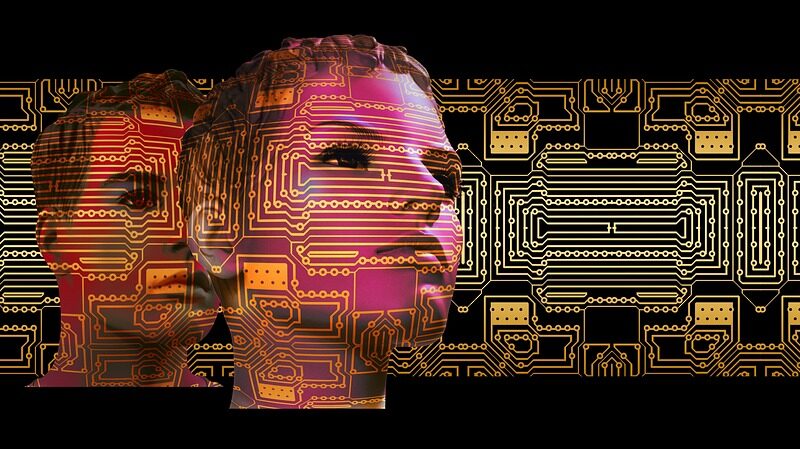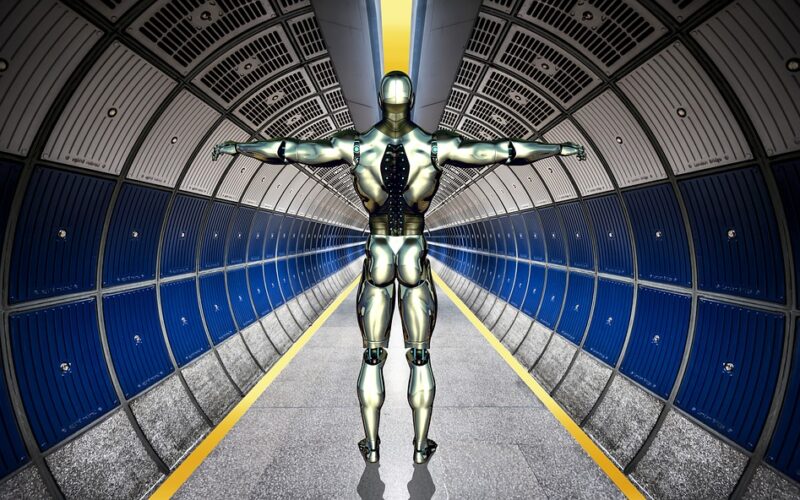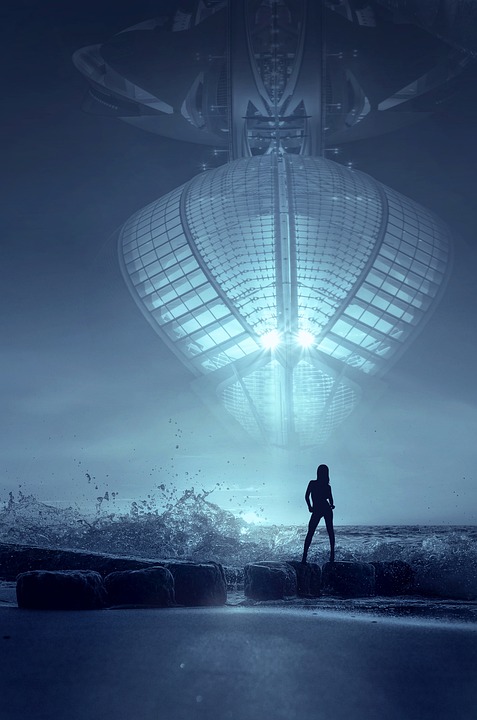Painting with Algorithms: How AI is Revolutionizing the Art World
Artificial intelligence (AI) has been making inroads into various industries, from healthcare to finance to entertainment. One area where AI is particularly making waves is in the art world. With the help of algorithms, AI is transforming how art is created, experienced, and appreciated. One of the most notable applications of AI in the art world is in painting. Artists, both traditional and digital, are using AI algorithms to create works of art that challenge our understanding of creativity and artistic expression.
AI algorithms are being used in a variety of ways in painting. Some artists are using generative adversarial networks (GANs) to create original, never-before-seen artworks. GANs are a type of AI algorithm that pits two neural networks against each other, with one generating images and the other evaluating them. This back-and-forth process results in the creation of new and often surreal artworks that push the boundaries of traditional art.
Other artists are using AI algorithms to enhance their existing artistic skills. For example, some artists are using AI-powered tools to generate color palettes, suggest compositions, or even create entire paintings based on their input. These tools act as a collaborator, helping artists break out of creative ruts and explore new artistic territories.
One of the most famous examples of AI-generated art is the work of the artist Mario Klingemann. Klingemann is known for his AI-generated artworks that challenge our notions of art, creativity, and authorship. His works often blend the surreal with the familiar, creating visually stunning pieces that captivate viewers and spark conversations about the role of AI in art.
Furthermore, museums and galleries are also embracing AI-generated art. In 2018, the auction house Christie’s sold an AI-generated artwork for $432,500, sparking a debate about the value of AI-generated art and its place in the art market. Museums around the world are also showcasing AI-generated artworks, with some even commissioning AI artists to create pieces for their collections.
The rise of AI in the art world has also raised questions about the nature of creativity and artistic expression. Can AI truly be creative? Can a machine ever replace the human touch in art? These questions are at the heart of the debate surrounding AI-generated art. While some argue that AI lacks true creativity and artistic vision, others believe that AI has the potential to revolutionize how we think about and create art.
FAQs
Q: Can AI truly be creative?
A: The question of whether AI can truly be creative is a complex and philosophical one. While AI algorithms can generate new and unique artworks, some argue that true creativity requires a level of intentionality, emotion, and humanity that AI lacks. However, others believe that AI can be genuinely creative, pushing the boundaries of what is possible in art.
Q: Can AI replace human artists?
A: While AI algorithms can create stunning works of art, many believe that the human touch in art is irreplaceable. AI can certainly assist artists, enhance their skills, and push them to explore new creative avenues. However, the emotional depth, cultural context, and personal experiences that human artists bring to their work are essential elements of art that AI cannot replicate.
Q: Are AI-generated artworks valuable?
A: The value of AI-generated artworks is a contentious issue in the art world. Some argue that AI-generated art lacks the authenticity and depth of traditional art, while others believe that AI art has its own unique value and significance. As AI continues to evolve and become more sophisticated, it is likely that the value of AI-generated art will increase, challenging traditional notions of art and creativity.
In conclusion, AI algorithms are revolutionizing the art world, particularly in painting. From creating original artworks to enhancing existing artistic skills, AI is changing how we think about art, creativity, and expression. While the debate surrounding AI-generated art continues, one thing is clear: AI is reshaping the boundaries of art and opening up new possibilities for artists and audiences alike.









